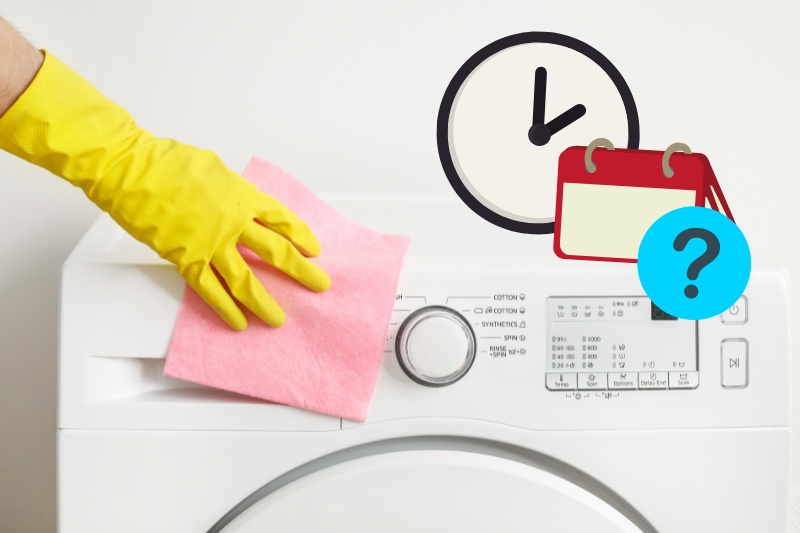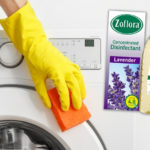It can be hard to know how often everything in your house needs to be cleaned.
In some cases, such as your bathroom sink or the kitchen counters, it’s common knowledge that they should be washed multiple times a week.
But when it comes to larger appliances that often aren’t visibly dirty, it can be harder to know how often they should be freshened up.
Washing machines need to be cleaned more often than you might think. In fact, research suggests that 63% of Brits don’t clean their machines regularly!
Many people assume that washing machines are self-cleaning because their main job is washing your clothes, but in fact they need to be cleaned just like any other appliance.
But how often should you clean your washing machine? And what happens if you hold off on cleaning for too long? Read on for all you need to know!
How Often Should You Clean Your Washing Machine?
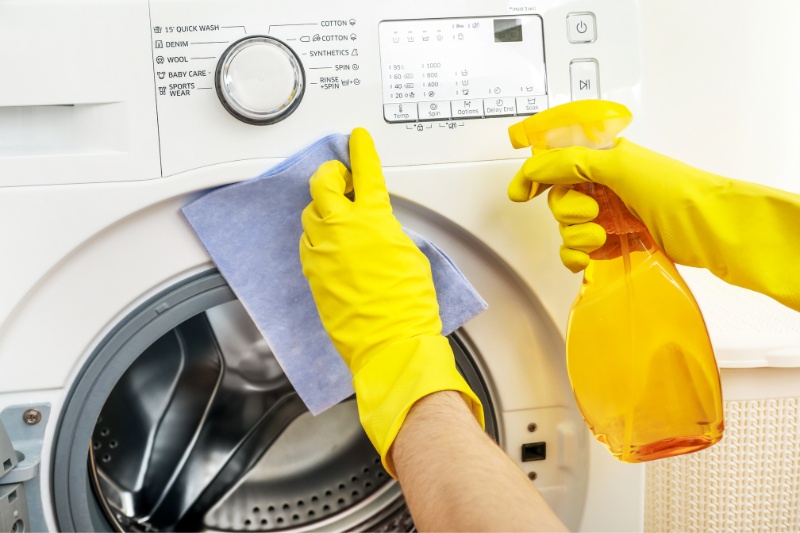
It can be easy to overlook your washing machine during your cleaning routine, but regularly cleaning your washer is essential.
Neglecting to clean your washing machine will result in a nasty build-up that can ruin your clothes and shorten your appliance’s life span.
To avoid these issues, we recommend deep cleaning your washing machine once every 1-3 months, depending on how often it is used.
For example, a household that only uses the machine every few weeks won’t need to clean it as often as one that does multiple loads of laundry a week.
When cleaning your washing machine, you need to make sure you don’t just focus on the drum. The lid, edges, seals, detergent dispensers, and filter of the machine also need to be cleaned to remove any residual dirt, lint, or detergent that could impact its performance.
How Do You Clean and Freshen a Washing Machine?
It’s all well and good for us to tell you to clean your washing machine regularly, but you’re not going to reap the benefits unless you know how to clean and freshen each part correctly.
Some parts of the machine, such as the lid and front of the machine, are self-explanatory, but others may be slightly more confusing. Luckily, we have all the answers you need below.
Cleaning the drum
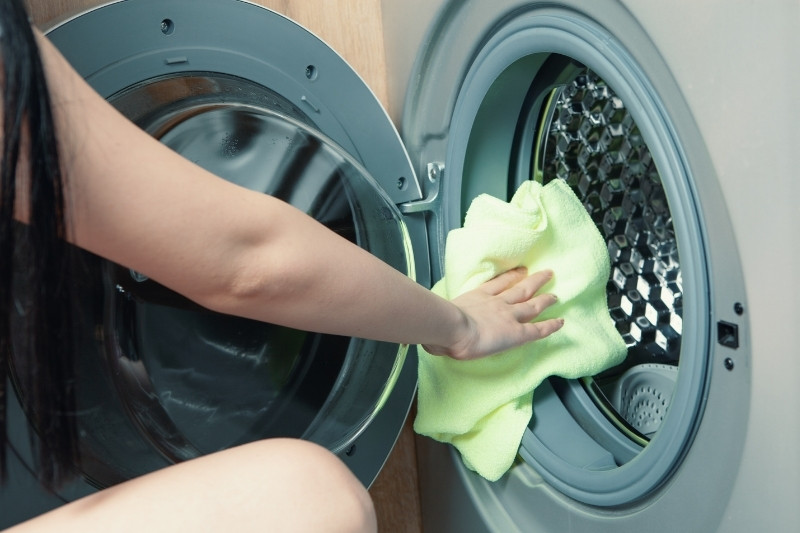
When cleaning the drum of your washing machine, there are plenty of different cleaner options. We find three of the best things to clean a washing machine drum with are:
- White vinegar and bicarbonate of soda
- Bleach and bicarbonate of soda
- Specially designed washing machine cleaners
To effectively use these, try the following method:
- Add your desired cleaner into the detergent drawer as you typically would laundry detergent
- Set the machine to do a cotton cycle on the highest possible heat setting
- Wipe away any remaining debris from the drum and door seal using a cloth
- Leave the machine door open so that it can fully dry
If you have thoroughly cleaned your washing machine but notice that it smells a bit off, don’t be disheartened.
The dirt and grime in your machine will have been loosened from your first wash but may remain in the drum. Try doing another cleaning cycle to eliminate the smell entirely.
Cleaning the detergent drawer
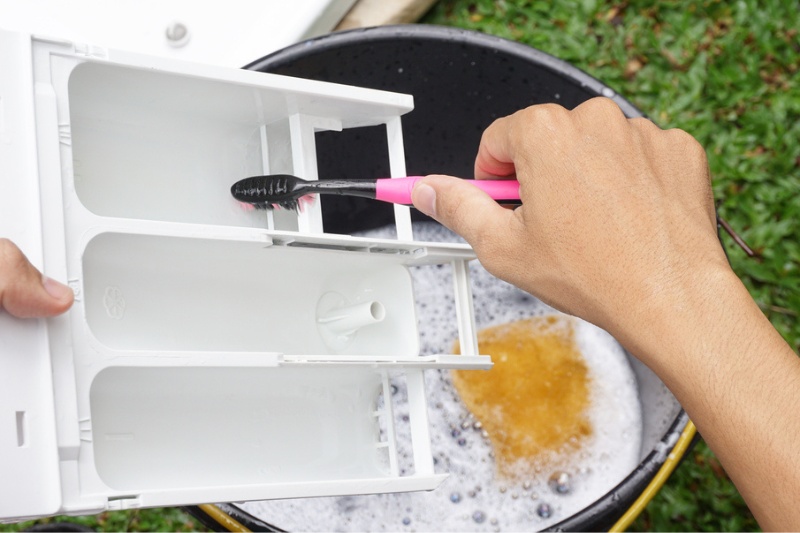
Another area of a washing machine that can become very grimy is the detergent drawer. This is where laundry detergent and fabric softener are added to the machine, so a sticky residue will build up over time if it is not cleaned.
To properly remove this residue, follow the steps below:
- Remove the detergent drawer from the machine using the small latch at the back of the drawer.
- Disassemble the drawer so that each of the compartments has been separated.
- Wash each compartment with warm soapy water.
- Dry each of the components, reassemble the drawer and insert it back into the machine.
While the detergent drawer is not in the machine, we highly recommend using a damp cloth or an antibacterial wipe to clean the slot the drawer usually sits in.
Make sure to let this area dry completely before reinserting the drawer.
Cleaning the filter
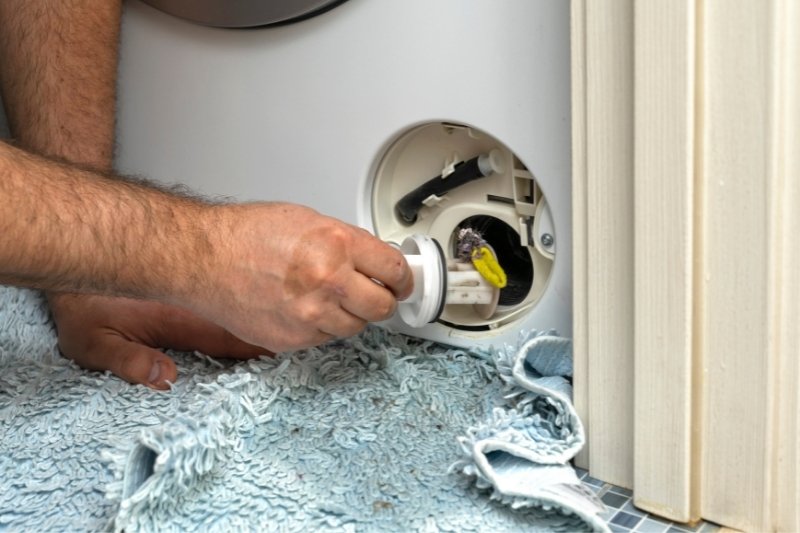
The final part of the washing machine to clean is the filter. Many people forget about this part as it is tucked away out of sight, but it is just as important to clean this area of the machine as it is any of the others.
You may need to remove a cover to gain access to the filter, but it is typically found at the bottom of the machine.
To clean it properly, you simply need to:
- Place an old towel down on the floor before starting to catch any water leakage
- Unscrew the filter from the machine
- Run the filter under hot water
- Dry the filter, screw it back on, and replace the cover
Once you have refitted the filter, we suggest running a short cycle on your washing machine and checking for leaks.
If there is any water leakage, you haven’t put the filter back in correctly, so it will need to be readjusted.
What Happens If You Don’t Clean Your Washing Machine?
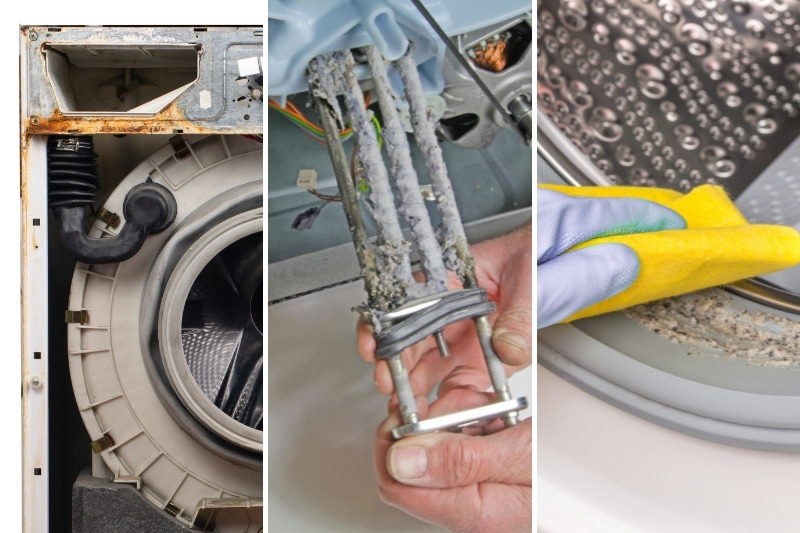
The main use of a washing machine is to clean your clothes so that they’re ready for you to wear once more. One issue with not regularly cleaning your washing machine is that it won’t be able to carry out this function as effectively.
Over time an unwashed machine will start to smell, accumulate dirt and other residue, and even grow mould!
These can all leave residue on your clothes, meaning you will no longer get that fresh feeling when taking your laundry out of the wash.
Another reason to clean your washer and remove these residues is that they can become a breeding ground for bacteria.
These bacteria will usually accumulate in the drum, seal, and detergent drawer on your washing machine, and they can even clog the inner mechanisms when left to build up.
How to Keep a Washing Machine Clean
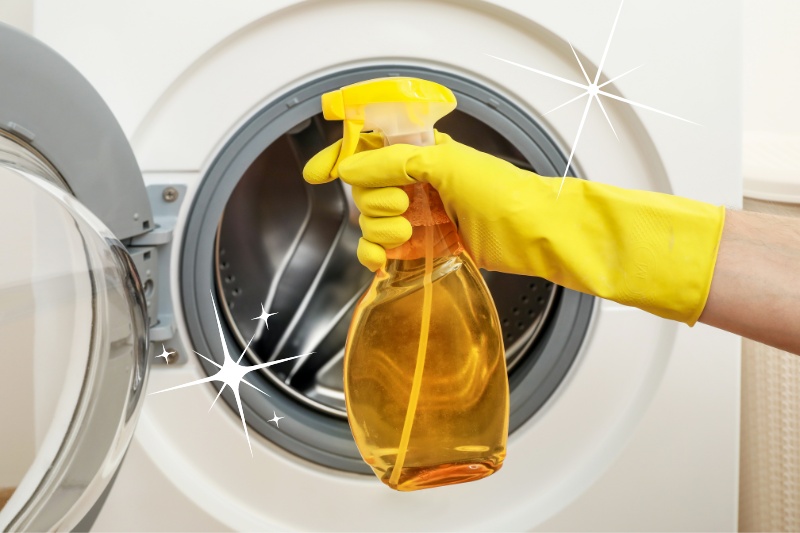
No matter how well you look after your washing machine, it will need to be deep cleaned once every few months, as recommended above. However, there are some things you can do to prevent the build-up of dirt, grime, and bacteria so that it can go slightly longer between cleaning sessions:
1. Don’t let damp clothes sit in the machine
Try to take your damp laundry out of the machine as soon as possible once the washing cycle has finished. Bacteria thrive in humid environments, and leaving wet washing in the drum will accelerate their breeding.
2. Leave the door open after use
Leaving the washing machine door closed after doing a load of laundry will also increase the humidity in the machine, as the drum and seal won’t have a chance to dry out. We recommend leaving the detergent drawer open for the same reason.
3. Don’t overfill the machine
It can be tempting to try and fit as much washing as possible into each load. However, overloading your washing machine will overwork the appliance and make the formation of clogs in the pipes and drains more likely.
4. Use less laundry detergent
Adding too much laundry detergent into each wash will cause residue build-up. Any detergent that isn’t properly dissolved by the time your fabric softener is added to the load will combine with the softener to form scrud, a waxy residue that will leave dirty marks on your clothes.

Hannah has a passion for cleaning. She worked her way around Australia by cleaning hostels in exchange for free accommodation and used her cleaning skills to bag a job as a chalet host for a luxury ski company in France.
